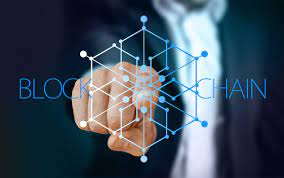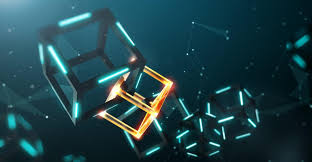17
Oct
Smart contract development and deployment are crucial steps in building blockchain applications. Here's an overview of the process involved: Choose a Programming Language and Development Framework:Select a programming language suitable for smart contract development on your target blockchain platform. For example, Solidity is commonly used for Ethereum smart contract development. Additionally, consider using a development framework like Truffle (for Ethereum) or Remix (web-based IDE) to simplify the development and testing process. Write the Smart Contract Code:Using the chosen programming language, write the code for your smart contract. Define the contract's data structures, functions, and the logic that governs its behavior.…









